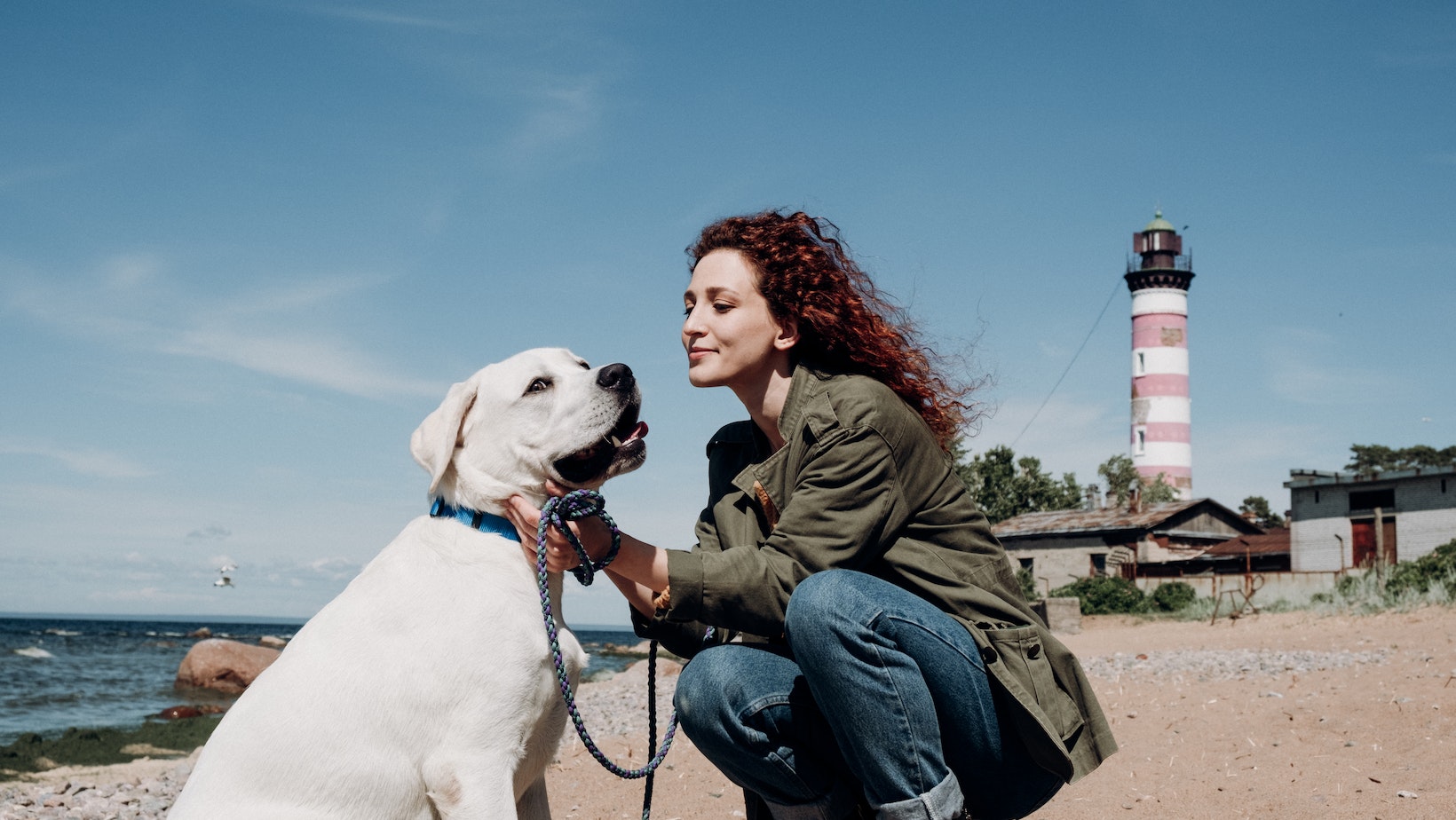Are you wondering how to train your Labrador to come when called? Training your dog to come on command is an essential skill that ensures their safety and allows you to maintain control in various situations. Whether you’re at the park, on a hike, or simply in your backyard, having a reliable recall command is crucial. In this article, I’ll share some effective techniques and tips for training your dog to come consistently.
How to Train Your Dog to Come
When it comes to training your furry friend, one of the most essential commands you’ll want to teach them is “come.” Whether you have a mischievous Labrador or any other breed, having a reliable recall can keep your dog safe and allow you to maintain control in various situations.
To start training your dog to come, begin in a quiet and familiar environment with minimal distractions. Follow these steps:
- Use positive reinforcement: Ensure that coming when called is associated with rewards. Each time your dog responds promptly, shower them with praise, treats, or their favorite toy.
- Choose the right cue word: Select a clear and consistent command like “come” or “here.” Stick with this word throughout the training process.
- Capture their attention: Get down on their level and use an upbeat tone of voice to grab their attention. You can also try using their name followed by the cue word (e.g., “Buddy, come!”).
- Start close-by: Begin by calling your dog from a short distance away within the same room or confined space.
Remember that patience is key during this initial stage of teaching your dog to come. Gradually increase the difficulty over time by adding more distractions and extending the distance between you and your pup.

Building a Strong Foundation for Recall Training
To ensure long-term success with recall training, it’s crucial to establish a strong foundation early on. Here are some important considerations:
- Consistency is key: Use the same cue word consistently and avoid confusing signals by sticking to one method of calling your dog.
- Practice regularly: Set aside dedicated training sessions each day rather than relying solely on sporadic practice.
- Keep it positive: Maintain an encouraging attitude throughout the process and refrain from scolding or punishing your furry friend if they don’t come immediately.
- Gradual progress: Slowly increase the difficulty of recall exercises by introducing distractions gradually, such as toys or other people.
By focusing on these key elements, you’ll be well on your way to building a reliable recall foundation with your four-legged companion.
Creating Positive Associations with the ‘Come’ Command
To reinforce the “come” command and make it an enjoyable experience for your dog, consider incorporating positive associations into their training:
- Treats and rewards: Use high-value treats or rewards that your dog finds particularly enticing. This will strengthen their desire to respond promptly when called.
- Playtime and praise: Incorporate playtime and enthusiastic praise into your recall training sessions. Dogs are more likely to come when they associate it with fun and positive attention.
- Consistent reinforcement: Continue rewarding your dog even after they’ve mastered the “come” command. This helps maintain their enthusiasm for responding promptly in any situation.
Remember, each dog is unique, so adapt these techniques to suit your Labrador’s personality and preferences. With time, patience, and consistent training efforts, you’ll have a well-trained pup who comes running whenever you call their name!
Building a Strong Connection: The Key to Successful Recall Training
Mastering the recall command involves more than just teaching your dog to come when called. It lays the foundation for effective communication and establishes trust between you and your canine companion. By responding promptly and consistently to this command, your dog learns that coming back to you brings positive outcomes such as praise, treats, or playtime.
For Labradors, renowned for their exuberant energy levels and love for exploration, recall training is especially critical. These intelligent and active dogs thrive on mental stimulation and physical exercise but can easily get carried away by enticing scents or distractions in their environment. A well-trained recall can save them from potentially dangerous situations like running into oncoming traffic or wandering off during walks.
By maintaining consistency in training sessions and showing patience throughout the process, you’ll be well on your way to having a Labrador that comes when called every time. Remember, building a strong bond and trusting relationship with your furry friend is the foundation for successful training.